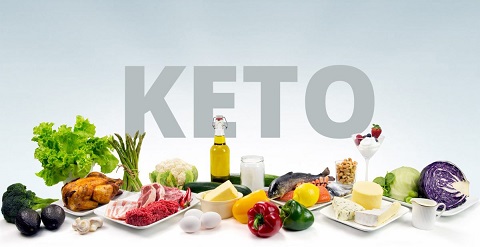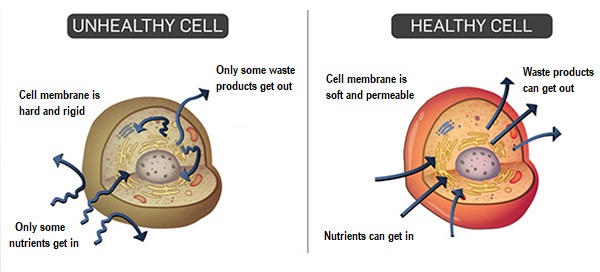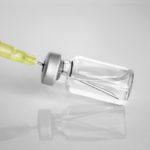W hat is the number one reason that New Year’s resolutions fail?
hat is the number one reason that New Year’s resolutions fail?
Most people know what they want, but they don’t fully understand how to actually achieve their goal. Most resolutions require a decent amount of patience and understanding, and whole lot of effort. We cannot treat a marathon like a sprint; bad habits don’t die easily.
You must approach this goal with the understanding that Gout did not take place overnight, and neither will your healing. So many people fail at achieving their goals because they are in too much of a hurry and desire immediate satisfaction. When it comes to Gout pain, it is easily understood why we resort to quick-fix prescription medications even though we know they aren’t really “fixing” anything. We need immediate pain relief, and rightfully so. However, you can still begin the true healing process and we can show you the way.
Having a New Year’s Resolution for Joint health and Gout Control is a great idea. You may know what you want, but not how to go about achieving this goal – BUT WE DO!
A few life-changing Louise Hay Affirmations by Jennifer Williamson – You CAN Heal Your Life:
Continue reading “New Year’s Resolution – Gout Free in the New Year”






 According to the latest CARES trial, the Gout drug Febuxostat (Uloric) failed up against Allopurinol when it came down to a combined rate of fatal and nonfatal adverse events for those that suffer with both Gout and Cardiovascular disease. In fact, there was a significant increased risk of death for those that took this drug for Gout while also suffering from heart disease.
According to the latest CARES trial, the Gout drug Febuxostat (Uloric) failed up against Allopurinol when it came down to a combined rate of fatal and nonfatal adverse events for those that suffer with both Gout and Cardiovascular disease. In fact, there was a significant increased risk of death for those that took this drug for Gout while also suffering from heart disease.